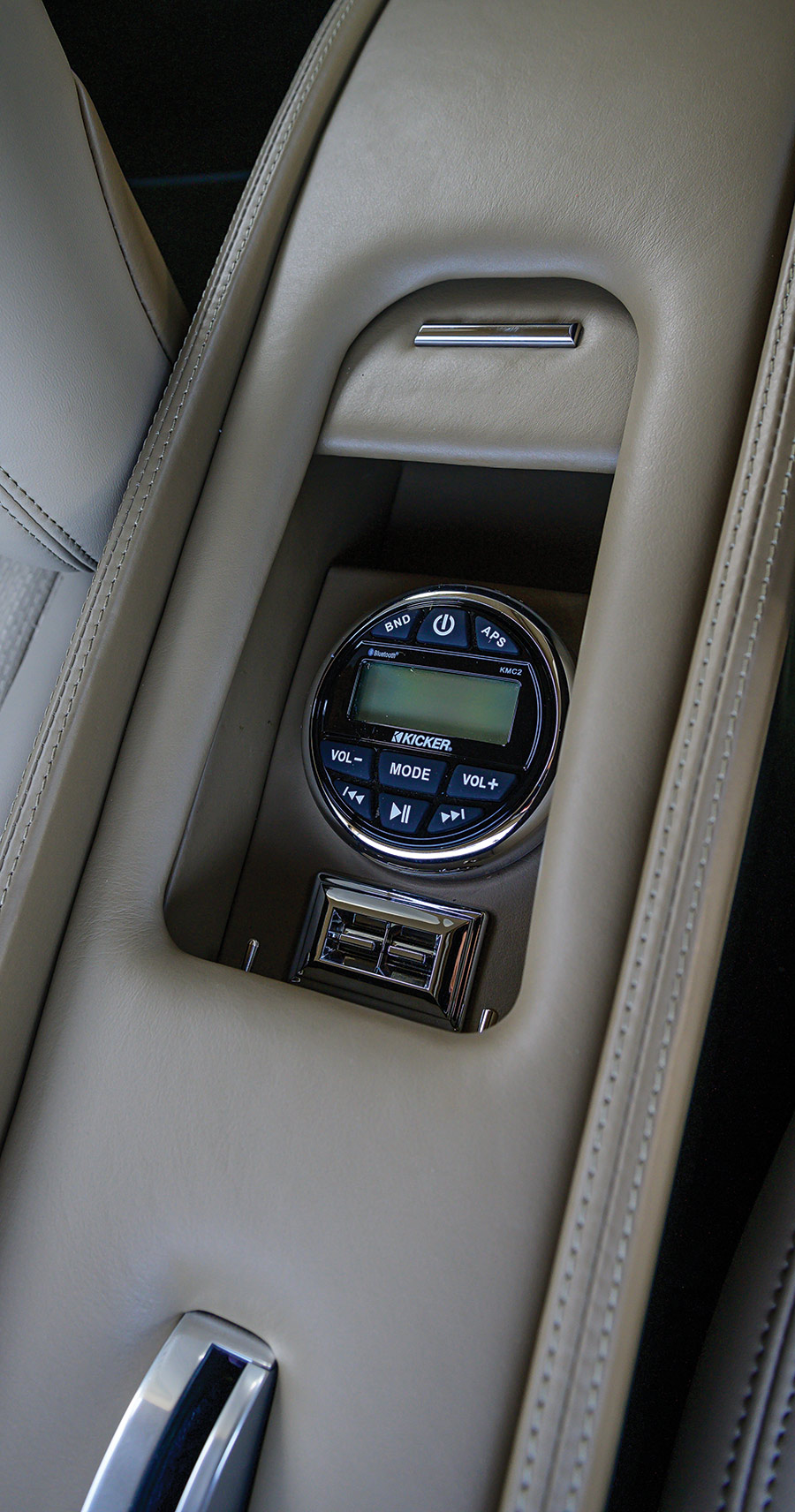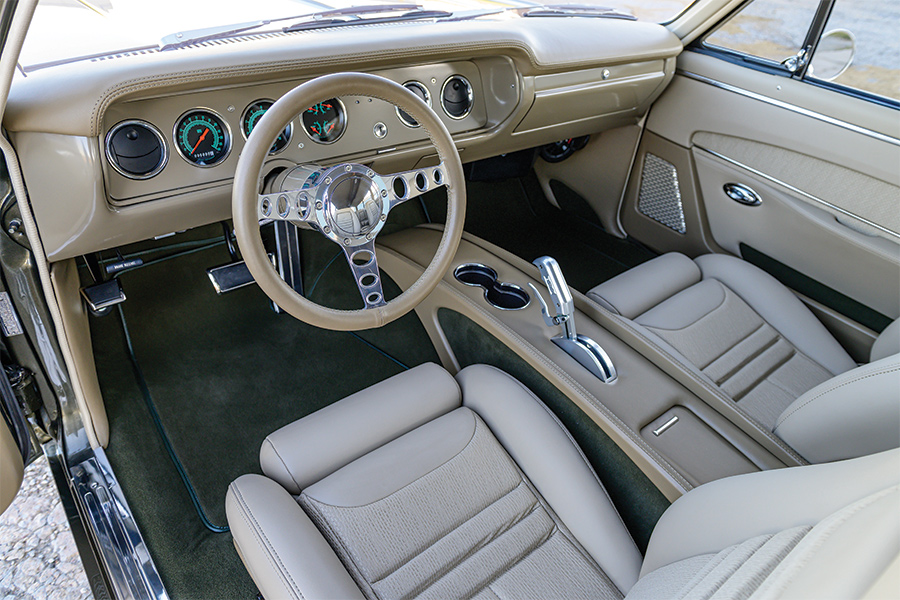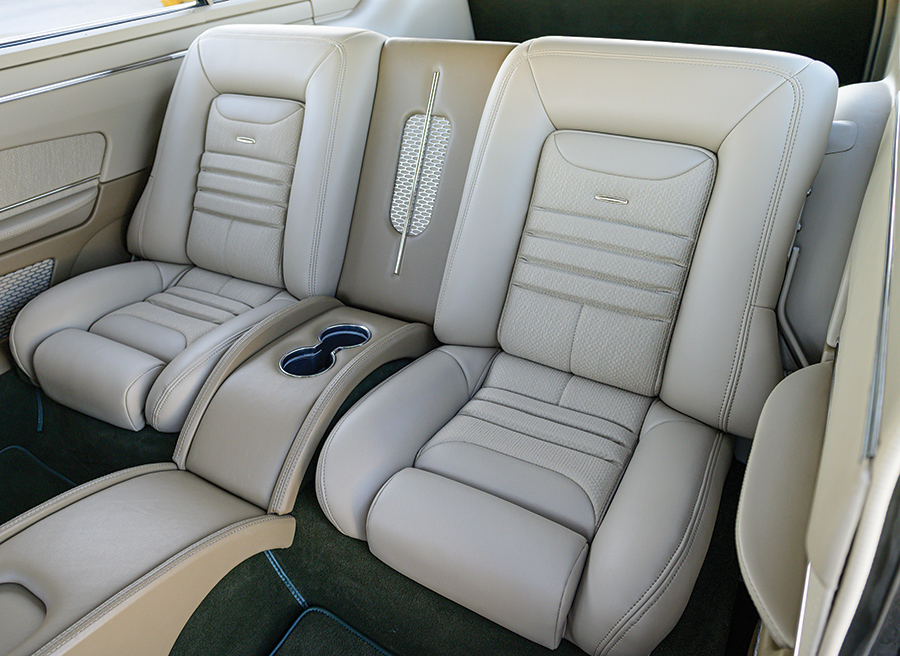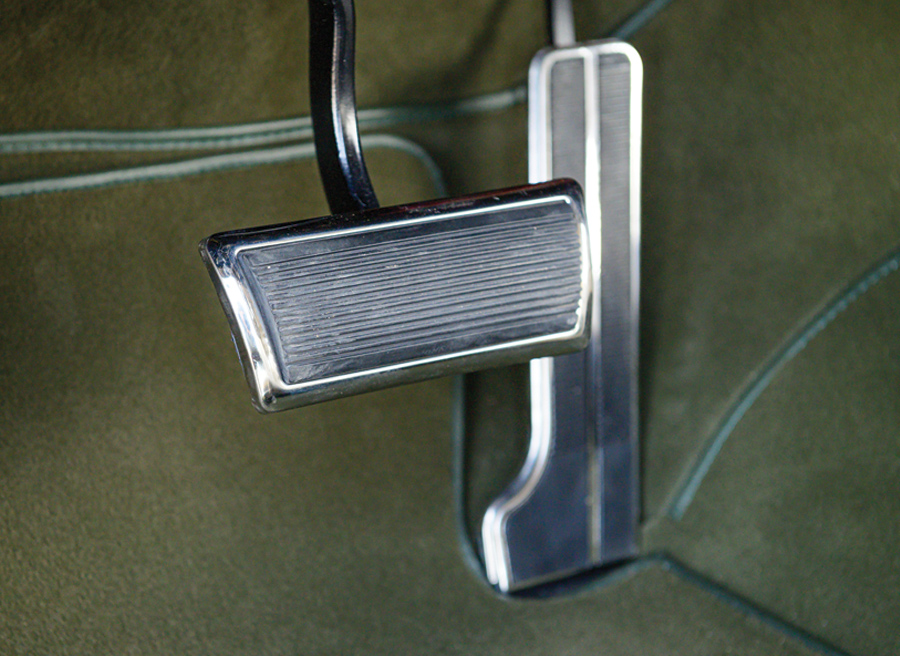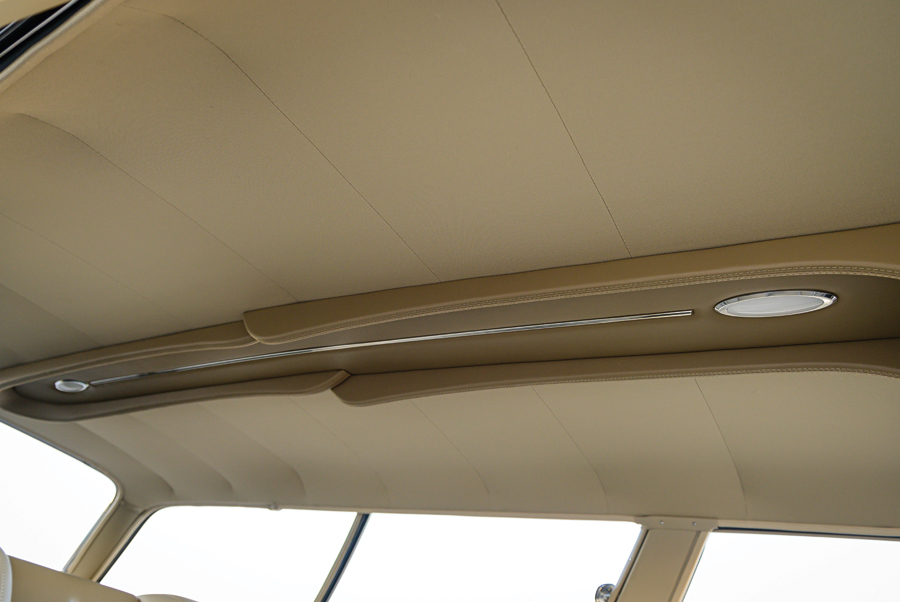 Photography by Grant Cox
Photography by Grant Cox
his ’64 Chevy Chevelle 300 two-door wagon is rare indeed. The Chevelle was the U.S. auto industry’s only all-new car for 1964 and was positioned to fill the gap between the small Chevy II and the fullsized Chevrolet models. Although there were almost 340,000 Chevelles (coupes, convertibles, sedans, hardtops, and wagons in two- and four-door) produced, the two-door 300 wagon is a rarity. This also included a coupe utility (El Camino), which was a derivative of the two-door wagon. In line with other Chevrolet series, the two-door hardtops were called Sport coupes. Four-door hardtops, dubbed Sport Sedans, were available in 1966-1972. A two-door sedan and station wagon was available in 1964 and 1965 in the base 300 series.
Scott Downey of Kansas has long been a hot rodder, having grown up in a family obsessed with this era of cars. Following through, he’s currently an automotive upholsterer with a real passion for Chevelles and El Caminos and figures this Chevelle 300 wagon is the best of both worlds. It took Scott and his friend Ross Harrison two years to bring this two-door wagon to its current state, which many call “state of the art.”


The ’64 Chevy Chevelle 300 two-door wagon is primarily stock sheetmetal but the emblems were shaved with the addition of a singular piece of stainless steel side trim that came from McMillan Rod & Custom and runs the length of the body. While the wagon is a ’64 it was the use of ’65 two-door wagon taillights that give it a bit of customization. We are talking about a wagon so there’s lots of glass. In this case, while stock in its use and position, it’s smoked glass to blend in nicely with the body color. The ’64 tin was then massaged by Gary Cushenbery and Darrin McCollom of Bauer Auto Restoration and from here PPG Sarsaparilla Sage was selected as the color of choice and expertly sprayed on by McCollom.
